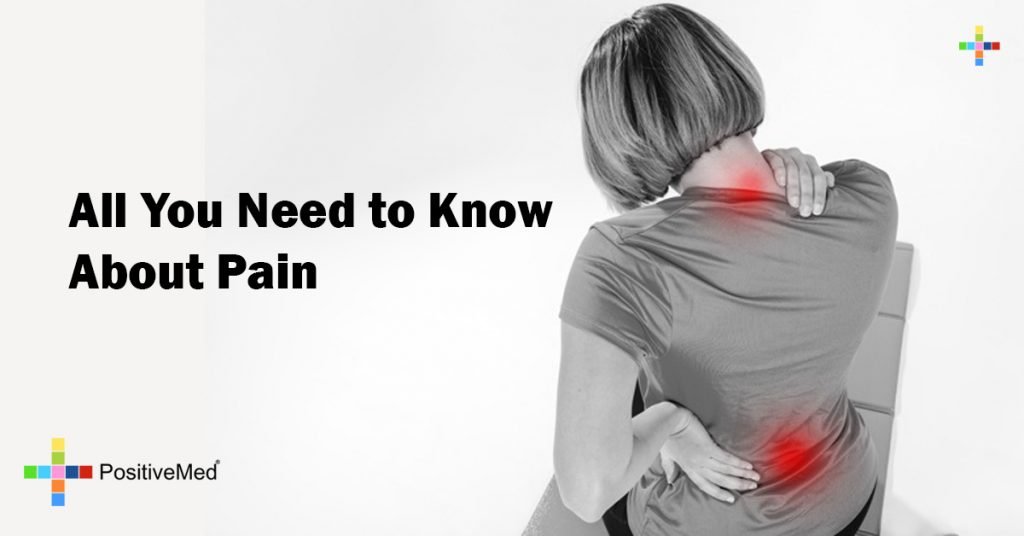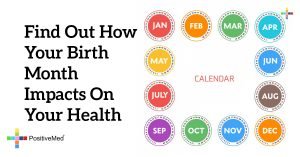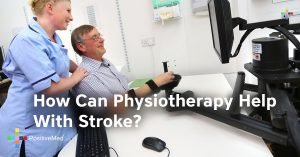
All You Need to Know About Pain By PositiveMed Team
Edited By Stephanie Dawson
Pain is a common thing that almost everyone has heard of and experienced, yet people have many misconceptions about pain and what it means. Often people associate pain with what’s going on in their arms or back but that is not what pain is. It’s the signal generated by our body in response to an injury that is transmitted along nerve fibers to the spinal cord and up to the brain where it becomes the experience of pain, it’s called nociception. For example, if you cut your finger it is nociception not pain.

Since perception and tolerance varies from each individual, it’s difficult to describe and define pain. Pain is an acute event that signals there is harm and you need to get away from it. It’s the way a particular sensation of your body is interpreted by your brain. Information about this painful sensation is sent to your brain via nerve pathways. Many outside factors can affect the way your brain interprets these signals as “pain,” and some factors can be controlled by special techniques.

Acute pain is usually the result of an injury, surgery, or illness and is of short duration. This type of pain can be caused by injuries or can be post-operative pain or post-trauma pain. Chronic pain like back pain, neck pain, or headaches is an ongoing condition.
Acute and chronic pain are treated differently.Pain can be stopped or alleviated in some cases by a single procedure or series of procedures. Sometimes it can be difficult to pinpoint a specific cause of chronic pain as it may be part of a widespread disease process. Specific factors causing pain need to be identified so that it can be treated, which would ensure that the condition causing pain no longer exists. In some cases it might not be able to reduce pain even after determining the cause, for example with cancer or chronic illness, but in these cases we can try to minimize the pain.

There are many common myths about pain, the most common is, “ it’s all in your head. ” One should be careful not to ignore pain if its above the comfort zone. Another myth is that you have to live with it . This is true only to an extent and it is very important to find out if there is any medical reason for the pain, without knowing you cannot decide what you have to live with. If there is a medical reason for the pain, its best to leave it to your physician to decide what’s best for you.
Understand that physical harm does not equal pain. If you are in pain that does not mean you are necessarily hurt, similarly if you are hurt that does not necessarily mean you are in pain. Studies have shown that many people with pain-free backs, shoulders, and knees have significant damage in these areas. It may sound surprising that some have damage without pain, but its true, for some reason the brain does not think action is required for the damage.







